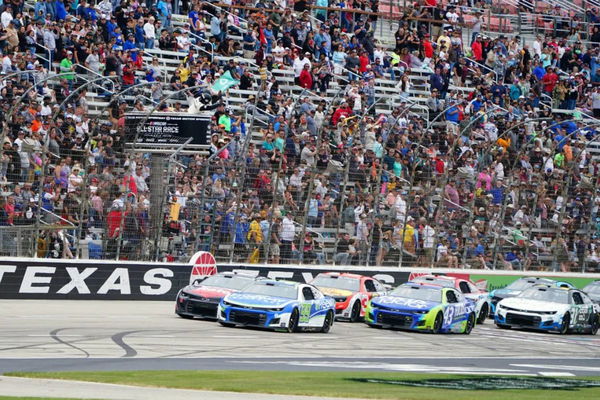
USA Today via Reuters
May 22, 2022; Fort Worth, Texas, USA; NASCAR Cup Series driver Daniel Suarez (99) and NASCAR Cup Series driver Tyler Reddick (8) lead the pack to a restart during the All-Star Open at Texas Motor Speedway. Mandatory Credit: John David Mercer-USA TODAY Sports

USA Today via Reuters
May 22, 2022; Fort Worth, Texas, USA; NASCAR Cup Series driver Daniel Suarez (99) and NASCAR Cup Series driver Tyler Reddick (8) lead the pack to a restart during the All-Star Open at Texas Motor Speedway. Mandatory Credit: John David Mercer-USA TODAY Sports
NASCAR isn’t just an American sport anymore. While its global expansion plans looked like they were on hold for a while, with the addition of the Mexico race, things are looking up for the sport’s worldwide audience. However, did you know before Mexico, Canada was set to receive its track? An ambitious project that was later cancelled, the Canadian Motor Speedway, among other tracks pointed out a big aspect of NASCAR.
It revealed the difficult problems of some of the biggest ideas in NASCAR.
ADVERTISEMENT
Article continues below this ad
Canada to Seattle – NASCAR’s futuristic dreams
The epiphany of the most dramatic venture was with none other than Canadian Motor Speedway. Originally, the vision was for a three-quarter-mile oval paired with a two-mile road course in Fort Erie, Ontario. While the visionary behind this track was Jeff Gordon, it was designed for greatness. He explained his involvement, saying, “Yeah, it came through Paxton Waters. He’s an architect who did our track and reached out to my stepfather John Bickford who handles my business affairs. There was a group of investors that were interested in doing a project in Canada with a racetrack similar to what Paxton designed in Iowa. They wanted somebody to be involved in the design aspect of it and there was recognition in the name I guess, so that’s how it originally started and then it’s grown tremendously from there.”
While the design received approval from local bodies, it seemed as though misfortune had struck the same. The Canadian Motor Speedway promised a world-class facility in Ontario but fell apart due to poor financial planning and the sudden withdrawal of a key investor, leaving the project in ruins. The Jeff Gordon proposed track is not the only one that ended with a heartbreak.

via Imago
Syndication: Arizona Republic Four-time NASCAR, Motorsport, USA Cup Series champion Jeff Gordon speaks at the NASCAR Championship Ignition Luncheon, August 30, 2022, at the Arizona Biltmore, 2400 E Missouri Ave., Phoenix, Arizona. Nascar 10289574002 Phoenix AZ , EDITORIAL USE ONLY PUBLICATIONxINxGERxSUIxAUTxONLY Copyright: xMarkxHenlex 18954286
Further South, Pittsburgh was another hotspot because of another unique track idea, the first-ever domed racetrack. The proposition had a high banked three-quarter mile and an oval that could accommodate a total of 60,000 seats. The idea was to ensure that the race does not get interrupted due to the weather. But then again, the cost of an advanced ventilation system to manage the exhaust fumes added to an extravagant amount. The problems induced were also due to the massive area and the oval being out of reach. Not only these two, but the NASCAR audience thought it to be a breakthrough with Seattle.
ADVERTISEMENT
Article continues below this ad
Given the Pacific Northwest’s geographical affiliation, this was a primary target for NASCAR. The two potential sites were narrowed down to Marysville and Bremerton. However, each of them faced stiff opposition. This, coupled with environmental costs and high costs led to a halt yet again for NASCAR’s ambition. In the end, NASCAR faced harsh reality checks when it came to massive projects, even if the ideas were unique.
Trending
What’s your perspective on:
Is NASCAR's global expansion a pipe dream, or can they overcome these repeated setbacks?
Have an interesting take?
New York and New Orleans – The Incomplete Saga
It seemed that the timeframe from the 1990s to 2000s marked a golden era, with potential sites for NASCAR to venture into markets like Las Vegas, Texas, and even Miami. One of the most legendary ones was by promoter Ralph Sanchez near New Orleans, Sanchez being the mastermind behind the Homestead Miami tracks as well. This was one supposed to extend for about two miles. However, the track yet again did not formulate into reality.
ADVERTISEMENT
Article continues below this ad
The proposed location, which was quite near to the Six Flags Orleans Park is prone to hurricane risks which could further deter the race schedule. Given that there was a theme park built at the same location and it met with an unfortunate Hurricane Katrina, it seems like a good decision that NASCAR dropped the plan. However, it wasn’t this one that stopped NASCAR’s want for a brand new track. Staten Island in New York City appeared to be yet another dream for NASCAR, around 2004. ISC even purchased a 600-acre plot to house a trackway that could seat 80,000 people at one go.
However, just like most other projects, this one too faced strong objections from the local residents. Areas of concern included traffic congestion, too much noise,e and disruption for travel. However, NASCAR abandoned the idea by 2007 and soon it was clear that the idea of a new track is now distant. As NASCAR continues to evolve, these stories serve as reminders of the balance required between ambition and practicality. Though breathtaking in concept, not every dream can make it to the starting grid.
ADVERTISEMENT
ADVERTISEMENT
ADVERTISEMENT
ADVERTISEMENT



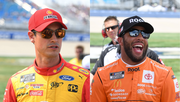
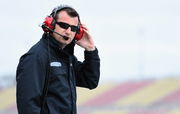
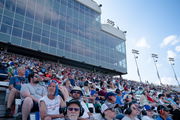
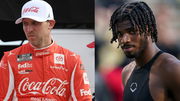
Is NASCAR's global expansion a pipe dream, or can they overcome these repeated setbacks?